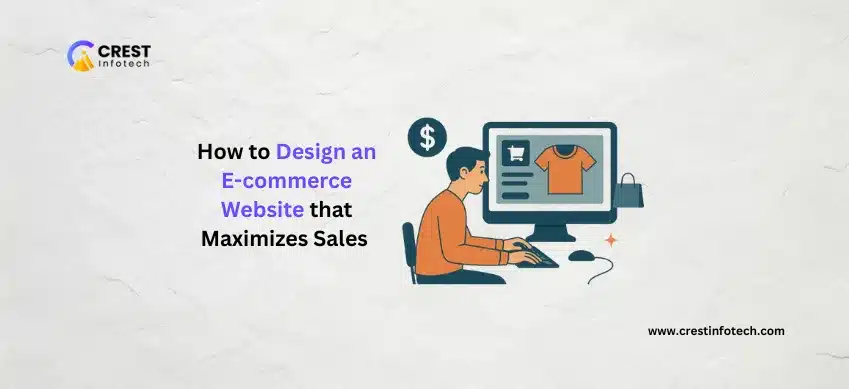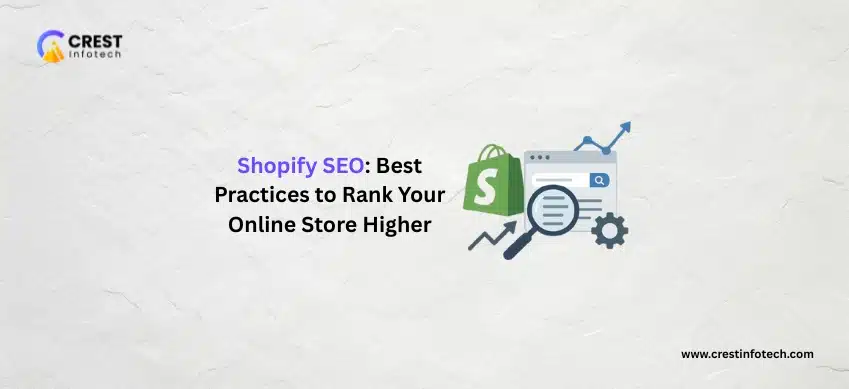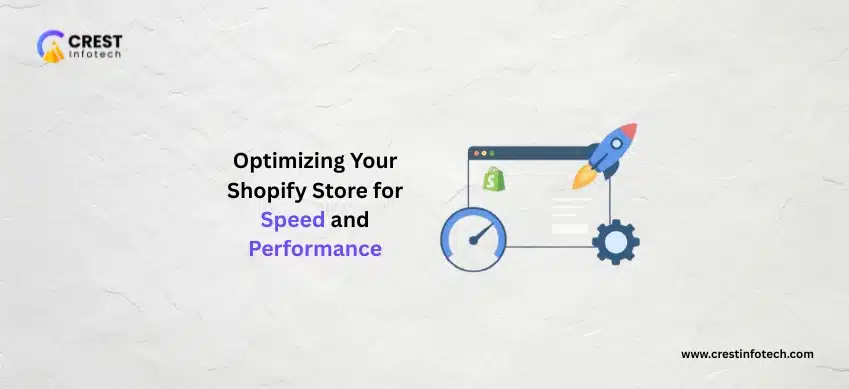In today’s competitive online marketplace, a well-designed e-commerce website isn’t just about aesthetics — it’s about creating a frictionless path to purchase. Great design builds trust, improves usability, and ultimately drives more sales.
Here’s how to design an e-commerce site that not only attracts visitors but converts them into loyal customers.
1. Simplify Navigation and Site Structure
Confusing navigation is a conversion killer. Make it easy for users to find what they need.
- Use clear, logical categories: Organize products into intuitive sections
- Enable predictive search: Help users find products faster with smart search functionality
- Keep menus clean: Avoid overwhelming users with too many options
- Use breadcrumbs: Show users where they are in the site hierarchy
2. Use High-Quality Product Images and Videos
Your visuals need to do the selling. Shoppers can’t touch your product — so show it in the best light.
- Use multiple high-resolution images from different angles
- Include zoom functionality for closer inspection
- Use lifestyle images to show the product in real use
- Add product videos to increase engagement and trust
“People buy with their eyes — strong visuals build confidence and reduce returns.”
3. Optimize Product Pages for Conversions
Every product page should be built to convert.
- Use clear, benefit-driven product descriptions
- Highlight key features, specifications, and sizing info
- Display pricing clearly — include discounts or bundles if available
- Add trust elements like reviews, ratings, and guarantees
4. Streamline the Checkout Process
A complicated checkout leads to abandoned carts. Simplify it.
- Offer guest checkout without requiring account creation
- Use a clean, single-page or step-by-step layout
- Minimize form fields — only ask for what’s essential
- Show progress indicators and cart summaries throughout
5. Prioritize Mobile-First Design
Most users shop on mobile. A desktop-only design leaves money on the table.
- Use responsive layouts that adapt to all screen sizes
- Ensure buttons and text are touch-friendly
- Optimize image loading for speed and performance
- Test the entire purchase process on real mobile devices
“If your mobile experience is clunky, your conversions will suffer.”
6. Leverage Social Proof and Urgency
Use psychological triggers to nudge users toward a decision.
- Show reviews, ratings, and user photos
- Highlight low stock or limited-time offers
- Add real-time counters (e.g., “12 people are viewing this”)
- Feature testimonials or influencer endorsements
7. Build Trust with a Professional, Secure Design
Trust is everything in e-commerce — especially for new visitors.
- Display trust badges (SSL, payment logos, money-back guarantee)
- Include clear shipping, return, and refund policies
- Ensure fast loading and secure payment processing
- Have accessible customer support — chat, email, or phone
“Design should make users feel safe — from homepage to checkout.”
Final Thoughts
An effective e-commerce website combines beauty with strategy. By designing with the customer journey in mind — from clear navigation to fast checkout — you can build trust, remove friction, and increase sales.
Test regularly, optimize based on real user behavior, and keep refining. Because in the world of online retail, small design changes can make a big difference in your bottom line.



